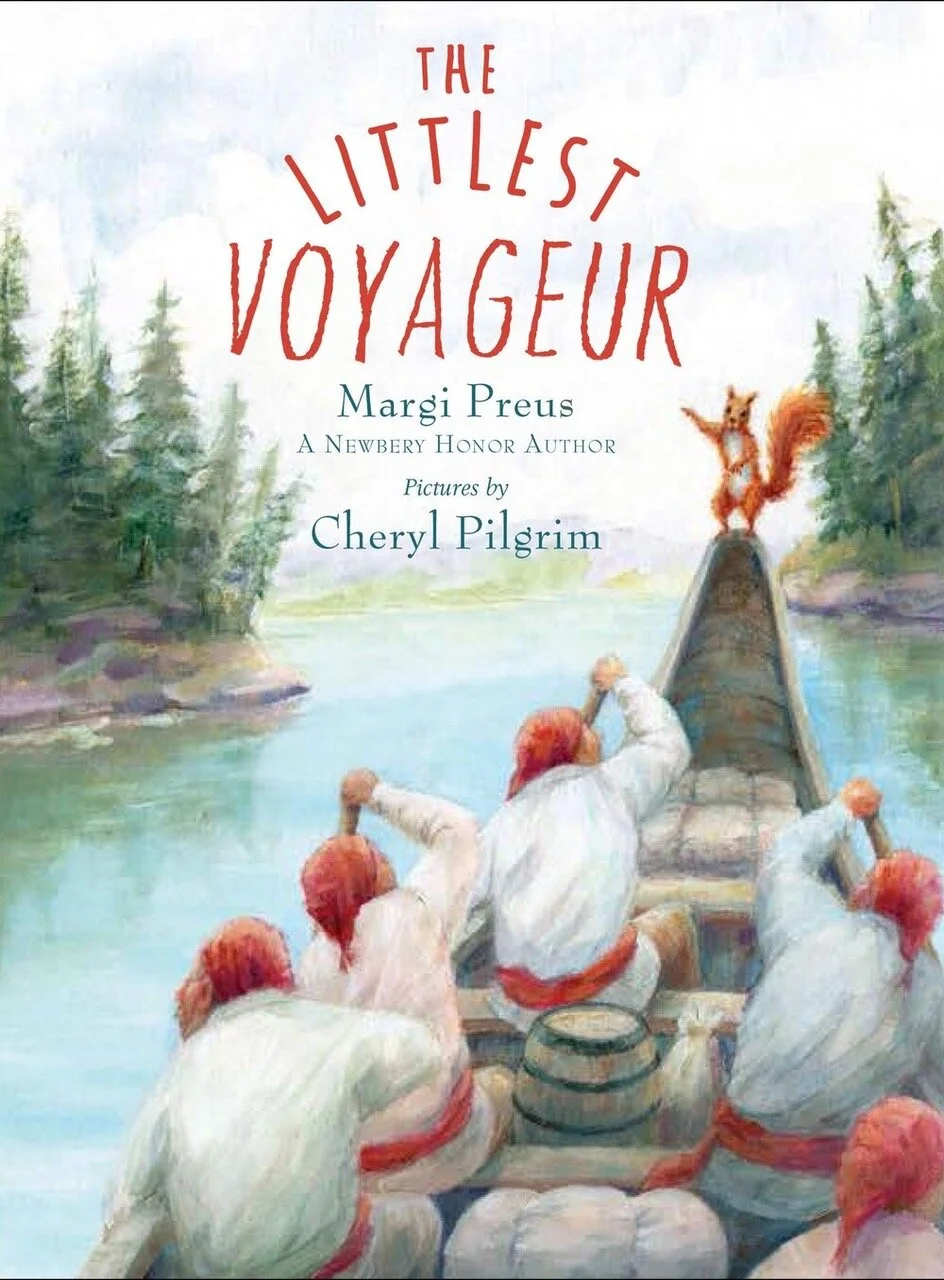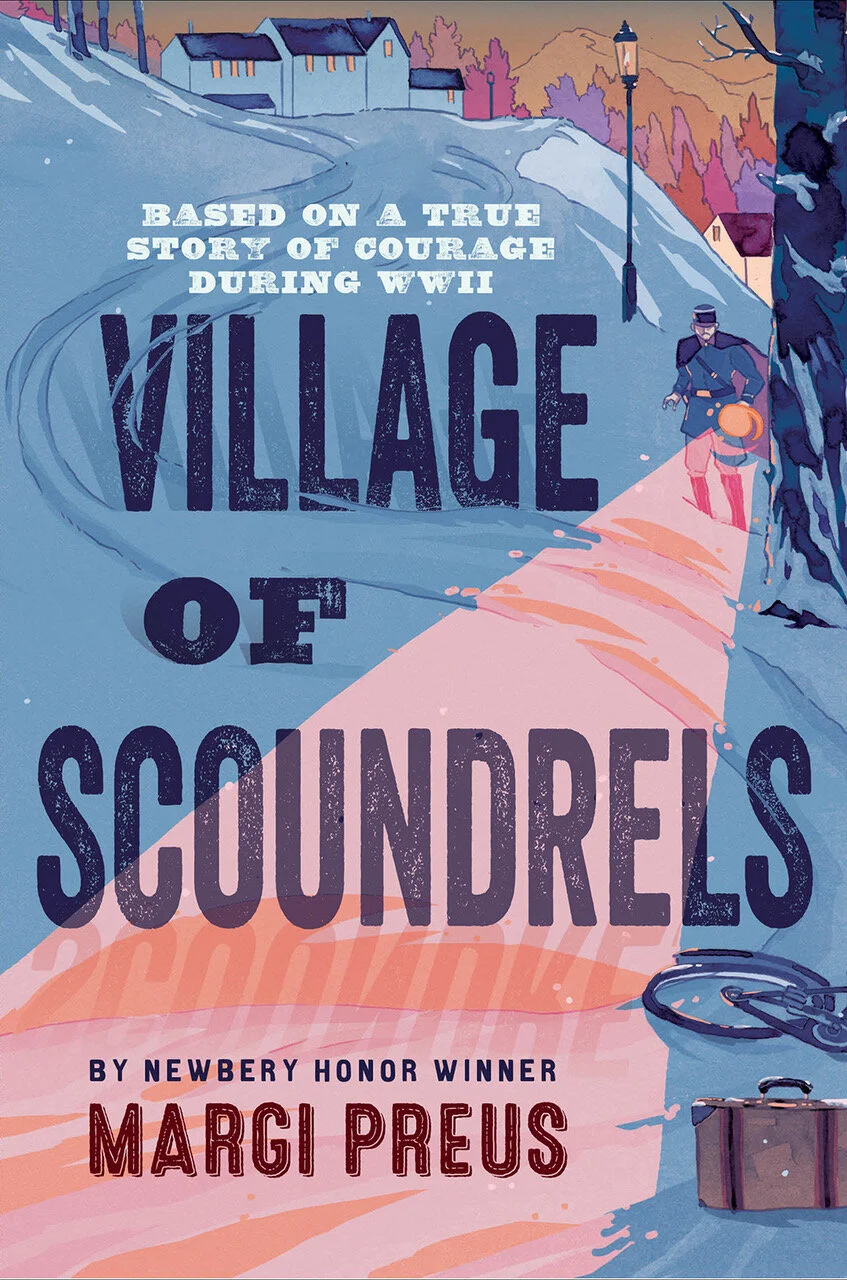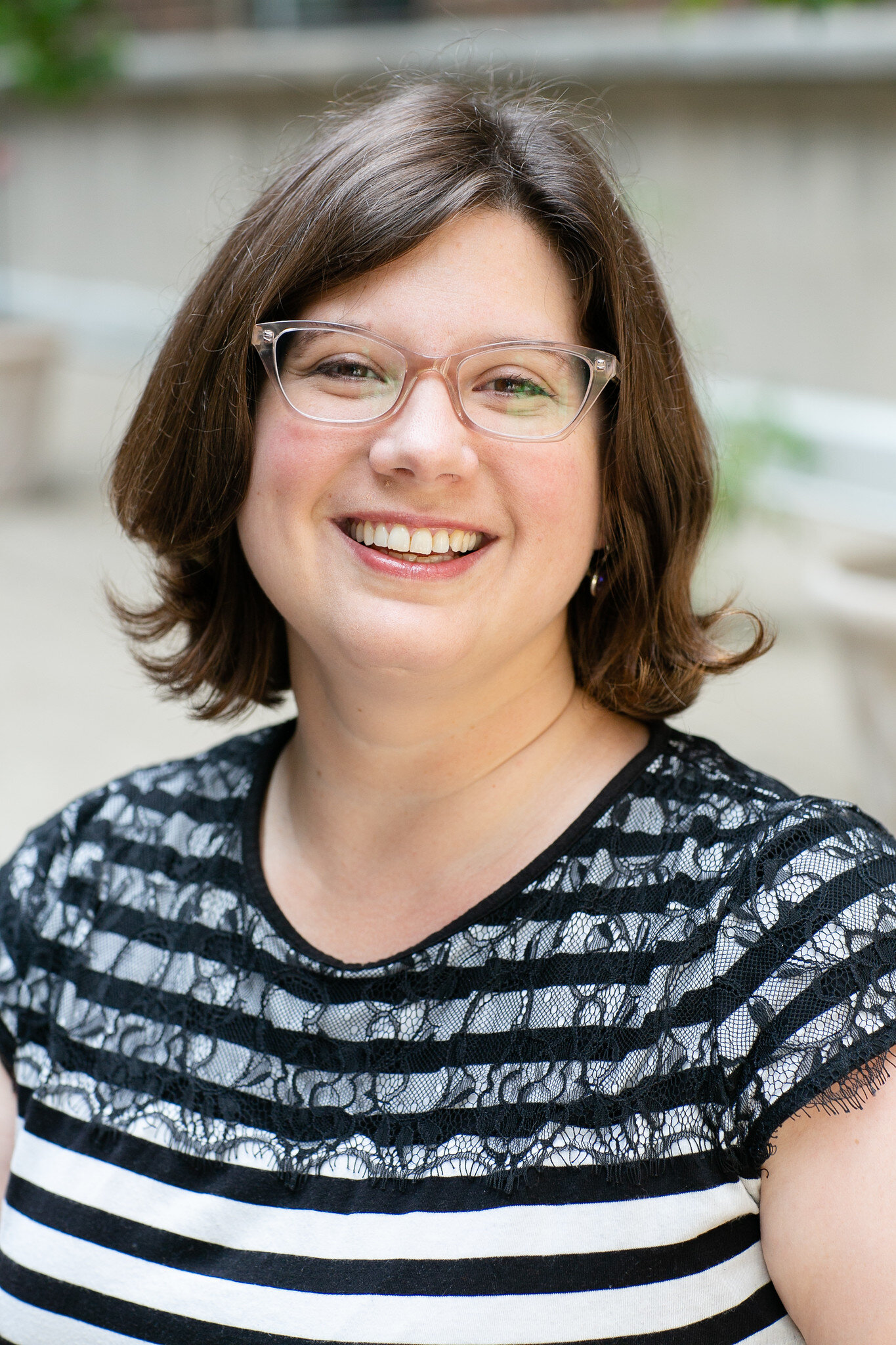by Charlotte Gutzmer
Stories and music have been with us throughout all of time; from oral folktales and traditional flute music to modern recreations of poetic forms and ambient synth music, art has evolved alongside us, always surprising us and delighting us with new experiences. On Thursday, May 6th, from 6:30-7:30pm, join the Chippewa Valley Writers Guild for a new Sound & Stories event, “Something Old, Something New.”
Writers and musicians from across western Wisconsin are coming together for the next installment of the CVWG’s Sound & Stories. The virtual event will be available for free to stream at 6:30pm.
Click here to register for your free ticket today!
Hosted by B.J. Hollars and produced by Jonathan Rylander, settle in for a Pablo Streams event featuring stories from Andy Patrie, Selika Lawton, Mike Paulus, and Angela Hugunin, all accompanied and with original music from Peter Phippen and The Nunnery. And introducing musical guest Simone Patrie! With additional music support from James Igancio and Victoria Shoemaker. And visuals from Erik Elstran!
I had the pleasure of chatting with many of the artists and hearing about their inspiration and their relationships with and through time. They were also kind enough to share a few sneak preview lines from their stories, excerpted in italics below. Read on to learn more about this exciting event, as well as the writers and musicians working together to bring the magic to you.
Andrew Patrie
“A compelling line from the piece I will be reading, one that proves some things do not change with time, comes from my daughter, who is transgender, following an incident on a school bus. After I share a story that happened to me on the school bus (always a bus!), she asks, ‘Why are people so obsessed with body parts?’ She waits a moment before adding, ‘Why are people so mean?’”
Andrew Patrie, a writer and a teacher, is the author of the collection of poems Half-Life and the book Nights, Grace. He’s also a prolific writer for Volume One, where he features articles on everything from dad jokes to introspective articles on music. The piece he’s reading for the event “is excerpted from a book length memoir I am in the process of revising, a writing project which has placed me squarely in the past for the last couple years I've been working on it in earnest.” His writing strikes a phenomenal balance between what we see as lament and what we celebrate; after all, Andrew reminds us, we “can’t get to these milestones without time, either.” While his writing looks back towards the past, he “wouldn't say it's necessarily done through a lens of nostalgia. The past is often difficult to look at, but it can allow us to make some sense of the present... I get nostalgic like anybody else (my friends and family might say that's an understatement), but if time was a VCR, I've learned that, for as much as I'd like to press the pause button, it's healthier for the tape to let it play out.”
Angela Hugunin
“So it was that Grandpa, months after losing his beloved wife of sixty-six and a half years, bought a Slingshot.”
Angela Hugunin is a senior at UW-Eau Claire majoring in Creative Writing and French. Angela is “drawn to connections: connections between people, between people and places, and between themes that may look at first glance like they’re unrelated... I’m curious about what’s going on under the surface and about what meaning can be found if we examine our experiences closely. Even the most seemingly mundane moments can hold immense meaning!” Some of Angela’s publications include her poem “Heal” in the Spring 2018 edition of NOTA, her essay “Here, We Do Dignity” in the November 2020 edition of Barstow & Grand, and even a variety of French poetry published in the French magazine D’ailleurs. For her, “writing is a wonderful vessel for exploring time. Playing with time—or at least, sifting through it—in writing allows me to process things, to look for commonalities and differences between experiences or themes, and to give the creative work more depth. In my piece for Sound and Stories, time is a prominent force. Moving through it gives me space to reflect on my current relationship with my grandfather, but in looking backward, I also find powerful truths about who he is and who I am. I get to look at who we’re becoming, too. I find that moving through time in my writing can allow powerful truths to emerge. Time can be a challenging force to pin down, but I’m learning that I don’t necessarily need to wrestle it to the ground or try to figure it out; instead, I can observe it and learn from it.”
Dr. Selika Lawton
“Everyone thinks that where they live, is the best place, the coolest place. When I came to Wisconsin. My students in Eau Claire were eager to tell me that Eau Claire was the New Orleans of the North. I did not exactly believe them…”
Dr. Selika Ducksworth Lawton is currently a Professor of history at University of Wisconsin-Eau Claire. Dr. Ducksworth-Lawton is a specialist in Twentieth-Century African American Military, National Security, and Civil Rights History. She works in the intersection of race, national security, civil rights, and protest. Her book, Honorable Men: Armed Self Defense and the Deacons for Defense and Justice, is under contract with University Press of Mississippi and expected in press early next year. Honorable Men describes how African Americans veterans in the Deacons for Defense and Justice combined their military service knowledge with an African American vision of republicanism and citizenship to create a militia in Louisiana that successfully fought the Klan in the 1965-8 activists and protects white and African American Congress of Racial Equality activists. Dr. Ducksworth Lawton is the co-author of Minority and Gender Differences in Officer Career Progression. She is working on a new book on the impact of culture and geography on the activists’ choices between non-violence and armed self-defense in several states in 1964-1967. She earned her PhD in 1994 from Ohio State University in 20th Century military and African American History.
Mike Paulus
The heat lightning was sorcery to us. Some kind of rare devilry quietly bursting across the midnight horizon, raving over the dark, distant pine trees…
Mike Paulus is the Digital Services & Marketing Specialist for the L.E. Phillips Memorial Public Library here in Eau Claire. He’s worked in local publishing for over two decades, including 14 years as an editor with Volume One, where his “Rear End” column has appeared since 2004. He’s the co-creator and former host of Volume One’s “Let’s Be Honest” grownup storytelling night, and co-produced Volume One’s 2018 stage show True North. He’s a past contributor to Wisconsin Public Radio’s Wisconsin Life program, and he’s hosted multiple cat shows.
Peter Phippen
Peter Phippen is a Grammy Award Nominee, International Acoustic Music Awards Nominee, One World Music Awards Nominee, multiple Native American Music Awards Nominee and a 2021 Native American Style Flute Awards Lifetime Achievement Awards Winner. Phippen is a performing and recording artist specializing in traditional flutes from around the world. Over the past three decades Phippen has researched the history and performance technique of flutes both ancient and modern. In his approach to world flute performance, he is an experiential, natural folk musician with a penchant for creative and artistic musical improvisation. Phippen offers a captivating collage of sound images, covering the folklore and history of flutes from around the world and throughout time. Phippen performs an enchanting mix of the very old and very new in music. He has shared the stage with R. Carlos Nakai, Coyote Oldman, Xavier Quijas Yxayotl, and many more. As a recording artist, Phippen has recorded for Curb Records, Canyon Records, and Promotion Music Records. Phippen's flute playing has also appeared on Lifescapes, Sounds True, and Heart Dance Records. For more visit: https://www.peterphippen.com/
The Nunnery
The Nunnery is a solo act featuring Sarah Elstran, a Minneapolis-based musician who uses the art of the loop pedal to explore a world of peaceful and ambient sound. By layering voices and instrumentals upon themselves, Elstran creates a lush atmosphere inspired by the spaces and stories around her. Listening to The Nunnery is an experience that inspires healing, emotional understanding, and meditative contemplation. Elstran’s new single “Whirlpool Ride” is available to stream on Spotify, Youtube, iTunes, and Bandcamp.
So dig out those sepia-toned photos and prepare to view them in Technicolor! Dust off the heirloom and discover the story within! Tilt an ear toward the past, fix your eyes on the future—let’s see what magic awaits in the in-between!

















































